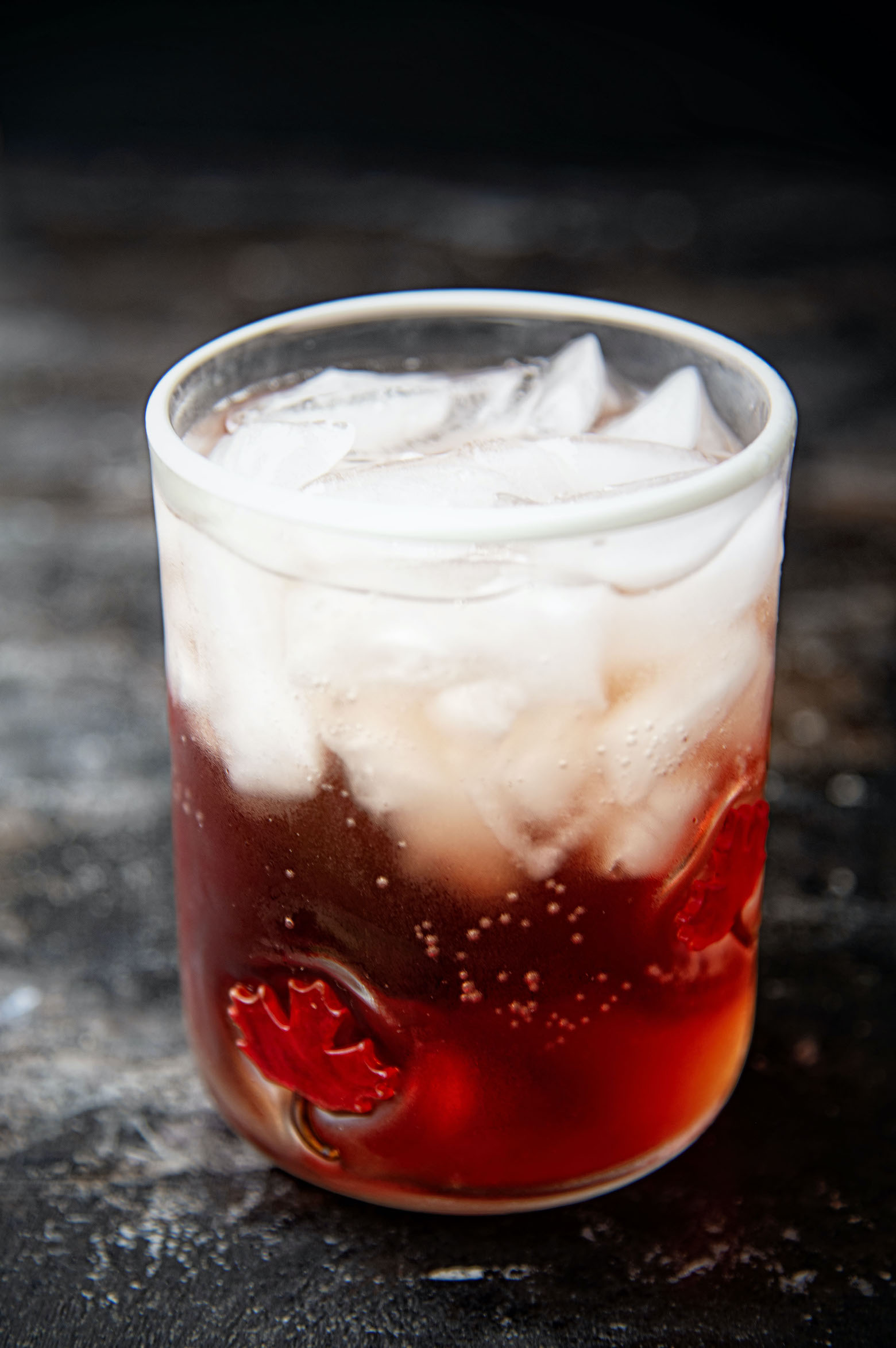

One example is Cinzano, a brand of vermouth. Because apéritifs are served before dining, they are usually dry rather than sweet. Fortified wine, liqueurs, and dry champagne are common apéritifs. Rectified spirit Īn apéritif is any alcoholic beverage usually served before a meal to stimulate the appetite, while a digestif is any alcoholic beverage served after a meal for the stated purpose of improving digestion. Many different styles of fortified wine have been developed, including port, sherry, madeira, marsala, commandaria, and the aromatized wine vermouth. Fortified wine is distinguished from spirits made from wine in that spirits are produced by means of distillation, while fortified wine is simply wine that has had a spirit added to it. Freeze distillation concentrates ethanol along with methanol and fusel alcohols (fermentation by-products partially removed by distillation) in applejack.įortified wine is wine, such as port or sherry, to which a distilled beverage (usually brandy) has been added. Distilling concentrates the alcohol and eliminates some of the congeners. Vodka, gin, baijiu, shōchū, soju, tequila, whiskey, brandy and rum are examples of distilled drinks. The term hard liquor is used in North America to distinguish distilled drinks from undistilled ones (implicitly weaker). For the most common distilled drinks, such as whiskey and vodka, the alcohol content is around 40%. Unsweetened, distilled, alcoholic drinks that have an alcohol content of at least 20% ABV are called spirits. Fermented water is clarified after the fermentation to produce a colorless or off-white liquid with no discernible taste other than that of ethanol.įermented sugar water is fermented water with added refined sugar.ĭistilled beverages (also called liquors or spirit drinks) are alcoholic drinks produced by distilling (i.e., concentrating by distillation) ethanol produced by means of fermenting grain, fruit, or vegetables. Fermented water is exclusively fermented with white sugar, yeast, and water. The majority of kombucha on the market are under 0.5% ABV.įermented water is an ethanol-based water solution with approximately 15-17% ABV without sweet reserve. The most famous fermented tea is kombucha which is often homebrewed, pu-erh, produced in Yunnan Province, and the Anhua dark tea produced in Anhua County of Hunan Province. Thus, the various kinds of fermented teas produced across China are also referred to as dark tea, not be confused with black tea. The tea leaves and the liquor made from them become darker with oxidation. įermented tea (also known as post-fermented tea or dark tea) is a class of tea that has undergone microbial fermentation, from several months to many years. Several other animals are affected by alcohol similarly to humans and, once they consume it, will consume it again if given the opportunity, though humans are the only species known to produce alcoholic drinks intentionally. Alcoholic drinks are typically divided into three classes- beers, wines, and spirits-and typically their alcohol content is between 3% and 50%.ĭiscovery of late Stone Age jugs suggest that intentionally fermented drinks existed at least as early as the Neolithic period ( c. In 2015, among Americans, 86% of adults had consumed alcohol at some point, with 70% drinking it in the last year and 56% in the last month. Long-term use can lead to an alcohol use disorder, an increased risk of developing several types of cancer, cardiovascular disease, and physical dependence.Īlcohol is one of the most widely used recreational drugs in the world, and about 33% of all humans currently drink alcohol.

In higher doses, it causes drunkenness, stupor, unconsciousness, or death. Īlcohol is a depressant, which in low doses causes euphoria, reduces anxiety, and increases sociability. The global alcoholic drink industry exceeded $1 trillion in 2018. Some countries ban such activities entirely, but alcoholic drinks are legal in most parts of the world. Regulations may require the labeling of the percentage alcohol content (as ABV or proof) and the use of a warning label.

Most countries have laws regulating the production, sale, and consumption of alcoholic beverages. The consumption of alcoholic drinks, often referred to as "drinking", plays an important social role in many cultures. Īn alcoholic beverage (also called an alcoholic drink, adult beverage, or simply a drink) is a drink that contains ethanol, a type of alcohol that acts as a drug and is produced by fermentation of grains, fruits, or other sources of sugar.

Global sales of alcoholic drinks exceeded $1 trillion in 2018.


 0 kommentar(er)
0 kommentar(er)
